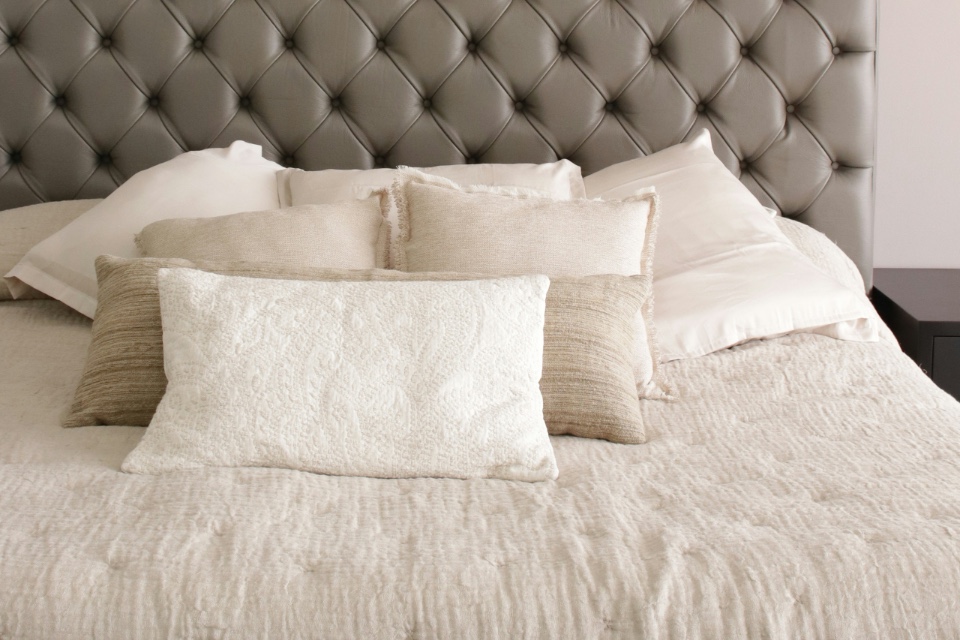Pressure injuries remain one of the most significant clinical risks in care homes, impacting resident wellbeing, quality ratings, and organisational costs. While standardised prevention strategies are essential, senior care professionals know that residents with complex needs require a more personalised approach. Best practice in pressure care is about combining the right equipment, staff training, and holistic care planning to meet individual challenges…
Residents Living with Dementia
For people with dementia, traditional approaches can be harder to implement. Residents may resist repositioning, remove cushions, or struggle to understand the need for support surfaces. Best practice includes:
- Using familiar routines and gentle communication to encourage cooperation.
- Choosing discreet, comfortable equipment that reduces distress, such as low-noise air-flow mattresses.
- Engaging activity teams to incorporate movement and mobility exercises into daily life, reducing prolonged pressure on skin.
Staff should also be trained to recognise non-verbal signs of discomfort that may indicate pressure-related pain.
Residents Living with Obesity
Obesity adds complexity through increased pressure on skin, reduced mobility, and higher risk of comorbidities such as diabetes. Care homes are increasingly investing in bariatric-specific equipment, including wider profiling beds, reinforced cushions, and hoists designed for safe repositioning.
Best practice also means ensuring two-person or team-based handling protocols, reducing the risk of injury to staff while maintaining resident dignity. Nutrition and hydration plans, alongside close collaboration with tissue viability nurses, are vital in supporting skin integrity for this group.
Residents with Limited Mobility
For residents with long-term immobility due to conditions such as stroke, MS, or advanced frailty, consistent repositioning and continuous pressure relief are central. Technology is playing a growing role, with sensor-based systems now alerting staff when repositioning is due or when a resident has been static for too long.
Additionally, homes are adopting individualised turning schedules rather than one-size-fits-all models, reflecting each resident’s risk profile, comfort levels, and overall health.
The Role of Training and Culture
Ultimately, equipment alone is not enough. Best practice is rooted in a culture of proactive prevention. Regular staff training, clear escalation protocols, and open communication across nursing, care, and housekeeping teams ensure that early warning signs are spotted and acted upon.
Putting Residents at the Centre
Pressure care for complex needs is about enhancing quality of life. By tailoring interventions to the unique needs of residents with dementia, obesity, or limited mobility, care homes can deliver safer, more dignified, and more person-centred support.
In a sector under increasing scrutiny, personalised pressure care is both a clinical necessity and a hallmark of excellence.
Are you searching for Pressure Care solutions for your organisation? The Care Forum can help!
Photo by Victor Ballesteros on Unsplash






